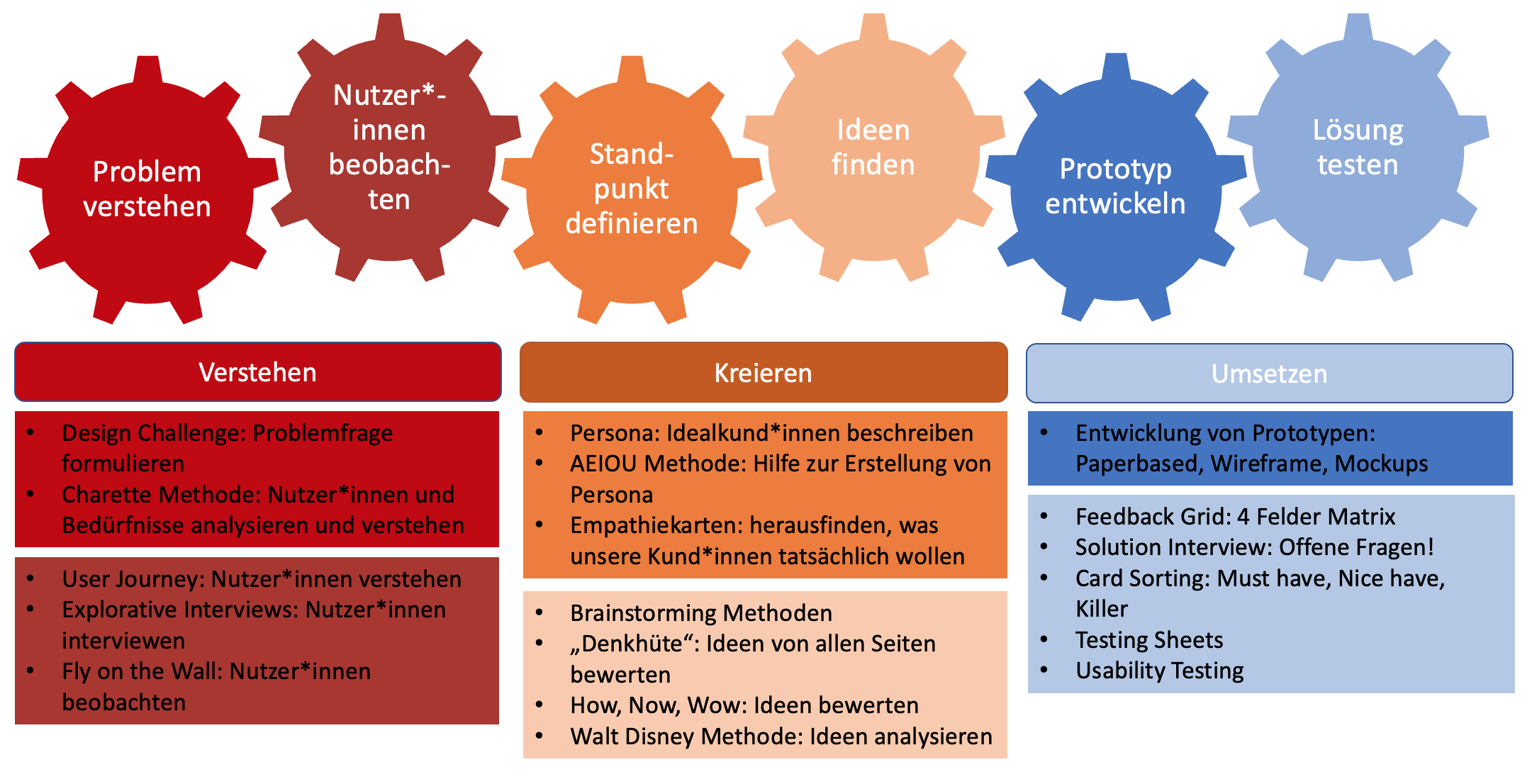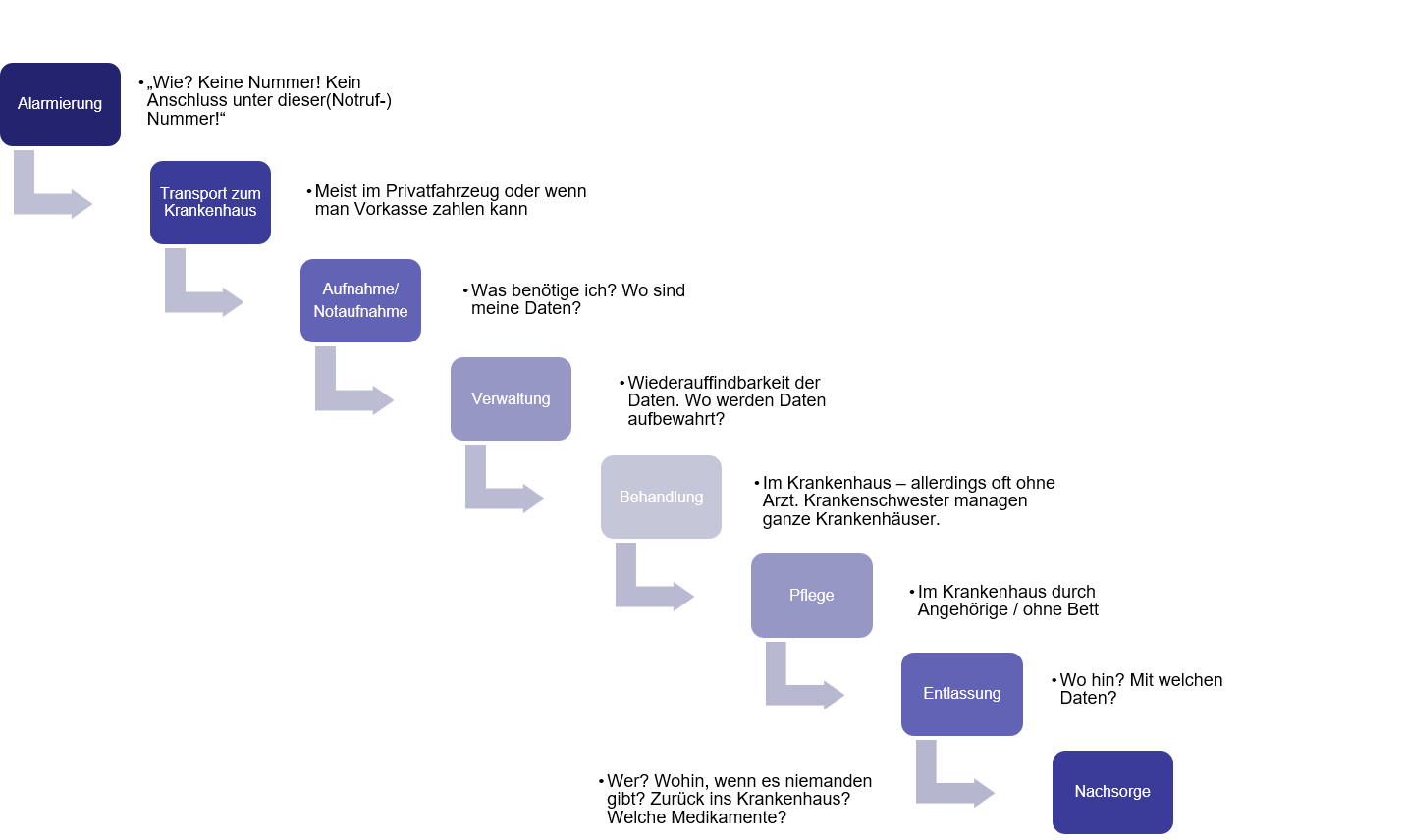Design Thinking Workshop
Design Thinking Workshop mit „Inno Space” – unser Innovations-Partner an der Hochschule Mannheim
Komplexes Problemlösen, leidenschaftliches Studieren und „Learning by Doing“: Daniel Gerlach und Thomas Erkert von HITA e.V. präsentieren gemeinsam mit Professorin Kirstin Kohler und inno.space-Mitarbeiterin Clara Dieing einen Design Thinking Kurs an der FH Mannheim.
Inno.space, die Design Factory Mannheim, ist die Anlaufstelle für Studierende, die im Studium neben dem Frontalunterricht kreative Lösungen zu herausfordernden Aufgabenstellungen erarbeiten möchten. Es zählen „Co-Creation“, interdisziplinäre Zusammenarbeit sowie interkulturelle Kompetenz in der überwiegend industriellen Zusammenarbeit. Teamarbeit, Prototyping und digitale Fertigung in einer inspirierenden und offenen Atmosphäre bilden die motivierenden Voraussetzungen für die Lösung komplexer realer Problemstellungen. Im inno.space werden Methoden des Protoypings für Services, Software und smarte Produkte so aufbereitet und angeboten, dass sie die virtuelle, kollaborative Arbeit in kreativen Prozessen unterstützen.
Anhand einer sogenannten „Design Challenge“ werden dabei Lehreinheiten zum Erwerb der Methodenkompetenz und der entsprechenden Fertigungstechniken als auch die Arbeit an konkreten Prototypen kombiniert. Diese Herangehensweise folgt der Design Thinking-Methode, die vor rund 20 Jahren an der Stanford University entwickelt wurde.
Erfordernisse relevanter Nutzer werden hierbei über den gesamten Prozess hinweg berücksichtigt. Dies erfolgt nicht nur mithilfe der Marktforschung, sondern auch durch ein frühzeitiges und wiederholtes Prüfen der Innovation durch Zielgruppenvertreter. Der Design Thinking-Prozess durchläuft im Normalfall 6 Phasen, die in der folgenden Abbildung mit den für den jeweiligen Prozessschritt etablierten Methoden, dargestellt werden.
Design Thinking-Prozesss, Phasen und Methoden
In der ersten Phase des Desing Thinking-Prozesses geht es darum, das Problem und die damit einhergehende „Design Challenge“ zu verstehen. Die „Design Challenge“ ist so formuliert, dass möglichst noch keine Lösung oder Einschränkung darin enthalten ist.
So geschehen Mitte März 2023: Thomas Erkert und Daniel Gerlach „beamen“ die Studenten*innen in ein Krankenhaus in Afrika. Mit vielen Bildern und Erlebnisschilderungen haben die HITA-Experten versucht anhand einer „Patient Journey“ den Ablauf eines typischen Krankenhausaufenthaltes für eine*n Nutzer* in ländlichen Gebieten Ghanas aufzuzeigen. Dieses Hineinversetzen in die tatsächliche Situation ist überaus wichtig, um die Situation vor Ort zu begreifen. Dieser Nutzungskontext bildet die Basis für Anforderungen, die „unser“ Produkt/Service in einer späteren Projektphase erfüllen soll.
Patient Journey
Nach diesem Einblick in das Ghanaische Gesundheitswesen – gegliedert nach den Prozessschritten der Patient Journey – richtet sich der Fokus des Workshops auf die Design Challenge: „Wie kann mit einem Administrationstool / interaktiven System die Verwaltung, Erhaltung und der nachhaltige Betrieb von Krankenhausbetten in kleinsten, kleinen und mittelgroßen Krankenhäusern in ländlichen Gebieten Ghanas verbessert, unterstützt und sichergestellt werden?“
Design Challenge
Wie oben beschrieben, ist in der Design Challenge möglichst noch keine Lösung oder Einschränkung vorgegeben. Der Workshop und die Challenge beschreiben den „Problemraum“:
- Das WARUM: Warum ist das Problem ein Problem?
- Das WER: Wer ist/sind die Nutzer*innengruppe oder-gruppen?
- Das WAS: Was ist das Bedürfnis, das erfüllt werden soll?
- Das WOMIT: Womit wird das erreicht? Welche Ressourcen sind verfügbar?
Eine gut formulierte Design Challenge allein hilft jedoch noch lange nicht, um in einem Team dasselbe Verständnis zu erzeugen. Eine optimale Teamzusammensetzung ist dann gegeben, wenn Personen aus unterschiedlichen Disziplinen in einem Team zusammenarbeiten. Oft benutzen zum Beispiel Experten aus unterschiedlichen Fachbereichen ähnliche Begriffe, die Bedeutung dieser Worte kann jedoch weit auseinander liegen.
In den nächsten Schritten des Projektes werden die Studenten*innen die gemeinsame Sichtweise auf die Design Challenge vertiefen und mögliche Lösungsansätze identifizieren, um die dargestellten Herausforderungen anzugehen und die Situation zu verbessern. Das inno.space-Team, Professsorin Kirstin Kohler und Clara Dieing, führen durch die nächsten Schritte. In Kürze steht die Gestaltung erster Prototypen auf dem Programm. Daniel Gerlach und Thomas Erkert von HITA e.V. begleiten als „Auftraggeber“ die Mannheimer Studenten*innen im Design Thinking-Prozess.
Das kommende Highlight ist schon in Vorbereitung. Während einer Projektstatusreise von HITA e.V. Ende März wird es eine Videokonferenz mit Nutzer*innen direkt aus Ghana geben.




